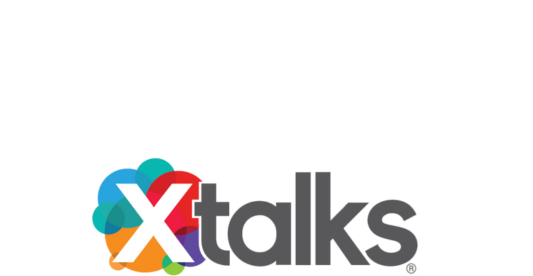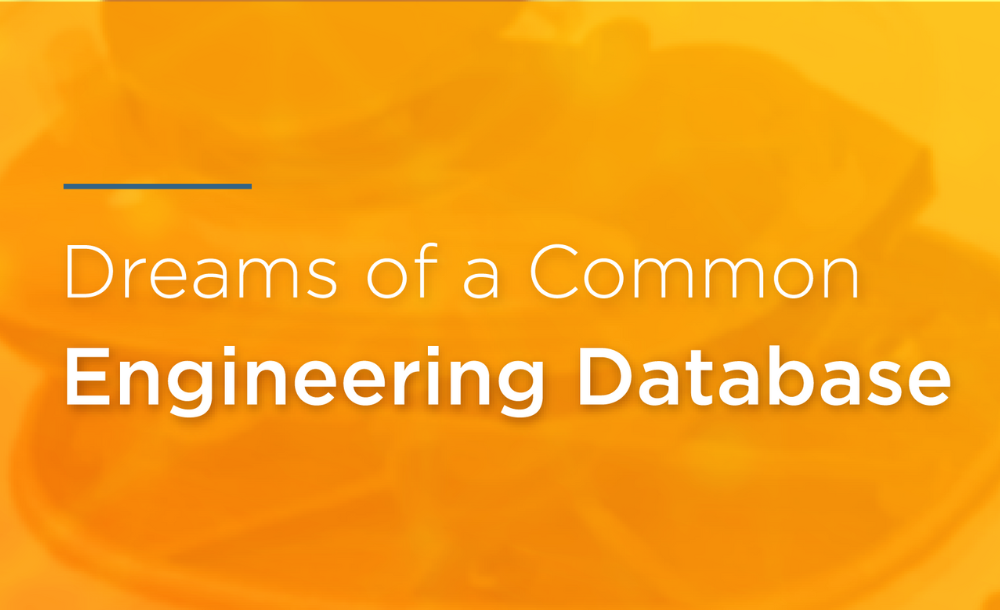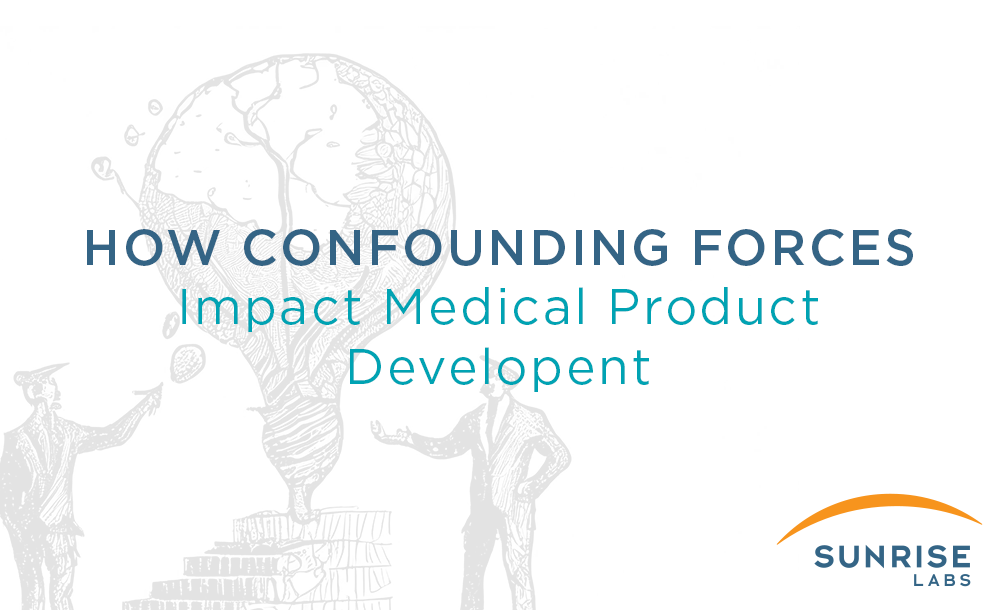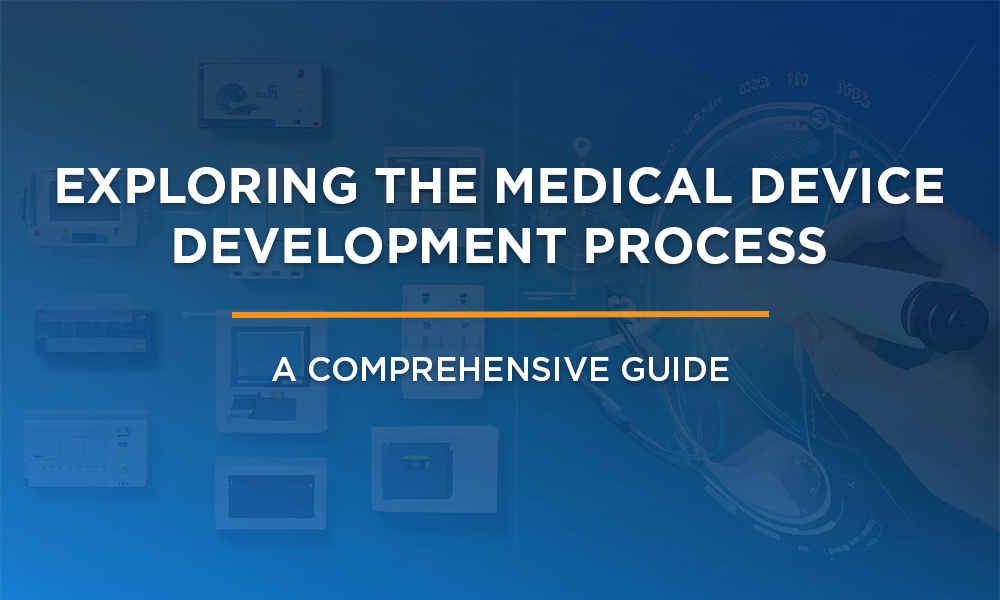Team Collaboration in a Shared Space
In working with geographically distributed teams, integration of the team members is critical to communicate effectively and avoid misunderstandings or setbacks.
Once the design of your medical device prototype is complete, a lengthy process may be required to input engineering data before orders for any of the subcomponents can be ordered. This is particularly true in large companies using enterprise resource planning software. Sunrise uses a flexible system that allows us to react fast, and still capture important engineering database information needed for successful builds.
A poorly managed procurement process can result in a variety of frustrating failures, such as parts being ordered to the incorrect revision, or a build delayed by one critical long lead component.
Sunrise Labs found investing in a fully integrated Product Data Management (PDM) system to provide transparency into the process for all stakeholders (engineering, project management, and purchasing) invaluable as noted from the perspectives below:
The Engineering View
One of the baseline features an integrated PDM system provides is a library system where a group of engineers can each check out portions of a complex product, make changes to their subsystems, and check the changes back in with the assurance that the other engineers would not overwrite or contradict their work. These engineers can be sitting across the hall from each other or on other sides of the planet. No component can be released for purchase without at least two sets of eyes reviewing the design, preventing errors, and helping to ensure new changes don’t invalidate old elements of the design.
As parts are being designed, engineers tag parts by the method of manufacture, vendors, materials, and lead times directly into the CAD data. Intended bills of materials (BOM) can be sent to clients listing the approval status of all custom parts and assemblies. Parts lists can be sent to purchasing with bulk information on quantities, vendors, and lead times to prioritize the processing of long lead items.
If our client, or another collaborator, is making engineering contributions to the product, we can provide them with a ‘library card’ to allow them to view the changing CAD models, see which engineers are working on what subsystems, and make contributions of their own.
Whether it is the client, development firm, or contract manufacturer, it is critical for all mechanical, electrical, and software teams to be seeing the same real-time data, One BOM, One Truth.
The Purchasing View
When an order is received, the purchasing agents have access to all of the released and frozen solid models and drawing PDFs needed. Machined parts can automatically go out to approved machine shops for quotes. The desired delivery date and anticipated delivery date are recorded in the database by the agent. Any additional data required by vendors can be listed in the database. Issued PO numbers, quantity ordered, expected delivery, and receipt of parts are all tracked.
Any issues with parts received can be quickly tracked down by engineers with PO records tied directly into the PDM database, eliminating the potential for additional delays and project impact.
The Project Management View
The project manager can bring up reports from the database from the rolled-up cost of goods to rate-limiting components. In a large team, the project manager doesn’t have to go from contributor to contributor to find out when they will be ready to build their subsystem. A top-down report will indicate which parts are in-house, which are pending receipt, and which have yet to be ordered. The Sunrise project manager can review one document for a 1000 component system and be able to report to the client the day that the team will be ready for final integration.
Product design is rarely a one-and-done process, iteration is part of the process. Status fields for parts and subassemblies capture build-time changes (a.k.a. redlines). Engineers and technicians document improvements that should be folded into any subsequent orders of custom parts. These status changes are available to the entire team, so if new staff is brought in to continue the work others started, intended improvements won’t get forgotten.
FAQ’s
1. What are the challenges of working with engineering data in a large company?
Large companies often use complex Enterprise Resource Planning (ERP) software that can be slow and cumbersome for data input. This can lead to delays in ordering components and building prototypes.
2. How can a Product Data Management (PDM) system improve team collaboration?
A PDM system provides a central location for storing and managing all engineering data. This allows teams to:
- Work on the same project simultaneously, even if they are in different locations.
- Track changes made to designs and ensure that everyone is working on the latest version.
- See which engineers are working on which parts of the project to avoid duplication of effort.
3. What are the benefits of a PDM system for the Engineering department?
- Version control: Ensures engineers don’t overwrite each other’s work.
- Design review: Requires at least two engineers to review a design before it is released for purchase.
- Bill of Materials (BOM) management: Simplifies creating and sharing BOMs with clients and vendors.
- Collaboration: Allows clients and collaborators to view and contribute to designs.
4. How does a PDM system benefit the Purchasing department?
- Easier access to design data: Purchasing agents can quickly find the information they need to order parts.
- Automated quotes: Machined parts can be automatically sent to approved machine shops for quotes.
- Part tracking: Purchasing agents can track the status of parts and identify any potential delays.
5. How does a PDM system benefit Project Management?
- Improved visibility: Project managers can see the status of all parts and components in one place.
- Better reporting: Generate reports on costs, lead times, and project milestones.
- Streamlined workflow: Identify bottlenecks and delays in the development process.
- Improved documentation: Capture and share build-time changes and improvements with the entire team.
Listen to the ‘Making Bright Ideas Work Podcast’: ‘Project Management is Most Successful When It’s Personal’ with Joe McCluskey, Program Manager
The Client View
Product Development Engineering teams are now more often than not integrating key members of the client’s engineering team, so they can work together as one team. Having one database is essential. Sunrise’s unique ability to partition our PDM system and use the PDM data card to drive the BOM function, allows Sunrise, Client, and CM team members to be real-time interactive, sharing one truth, one database. Our Client’s procurement team and manufacturing teams can gain valuable early insight into the coming product, making the transfer and launch activities much smoother and error-free. Our client’s senior management recognizes the inherent value, when appropriate, for their engineers and Sunrise’s engineers to be one team.
The Design Transfer
With the successful test of a prototype, it’s time to ramp up production. The same internal reports used to organize the prototype build become a recipe for design transfer. All of the information on lead times, costs, and quotes can be transferred to your internal manufacturing department, a contract manufacturer of your choice, or one recommended by Sunrise that is a good match for your product and production volume. Sunrise will provide a pre-vetted list of manufacturers capable of all of the processes required, from standard machined components to more exotic optics, coatings, custom motor armatures, and argon-activated plasma torches for improved adhesion of plastics. That lengthy data entry I mentioned at the top of the blog. That will go much faster with all of the information that Sunrise staff have added to the database along the way.
With all of the lead time information already defined, scheduling and procuring for pilot production will be smoother. Sunrise Labs leverages an off-the-shelf tool configured to our development process, and custom internal practices to help reduce unforeseen, late-stage schedule impacts from component availability. The ROI for investing in a PDM solution will vary for each organization, but for a product design and development firm shepherding several programs for clients in parallel, investing in a product that helps reduce the potential for schedule slips due to incomplete, inaccurate, or hard to discern data is critical to accelerate the schedule and meet critical client milestones.
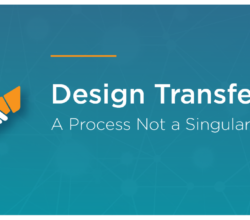
Read the Blog: ‘How to Ensure a Successful Design Transfer‘ by Doug Browne, Director of Mechanical Engineering and Design Transfer
In Closing
From a ‘best practice’ perspective, allowing all team members access to our Part Data Management system, (PDM) during product development has been critical to successful integration and manufacturing ramp. This creates a unified workspace for the common core team and facilitates communication and information access between the development team, manufacturing, and clients to reduce the potential for errors and schedule delays. Communication across the remote teams is further enhanced by collaboration tools such as Jira, Confluence, and Slack.
